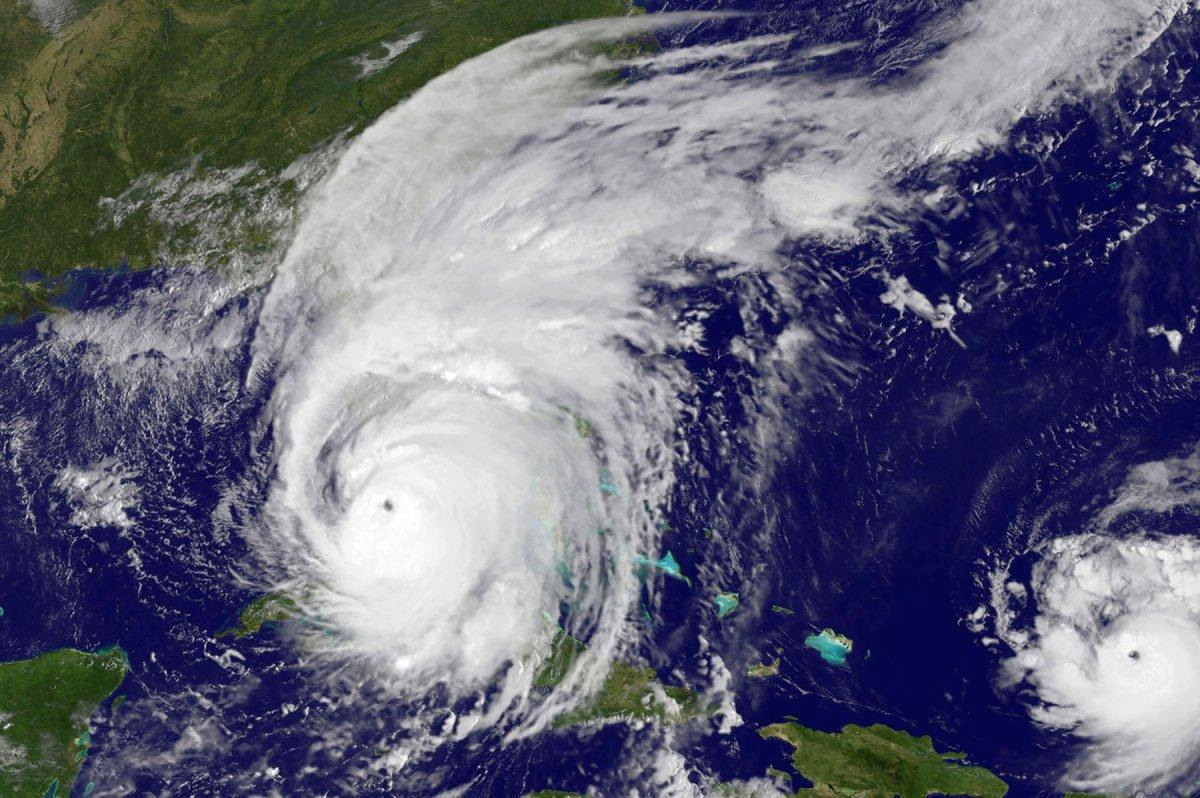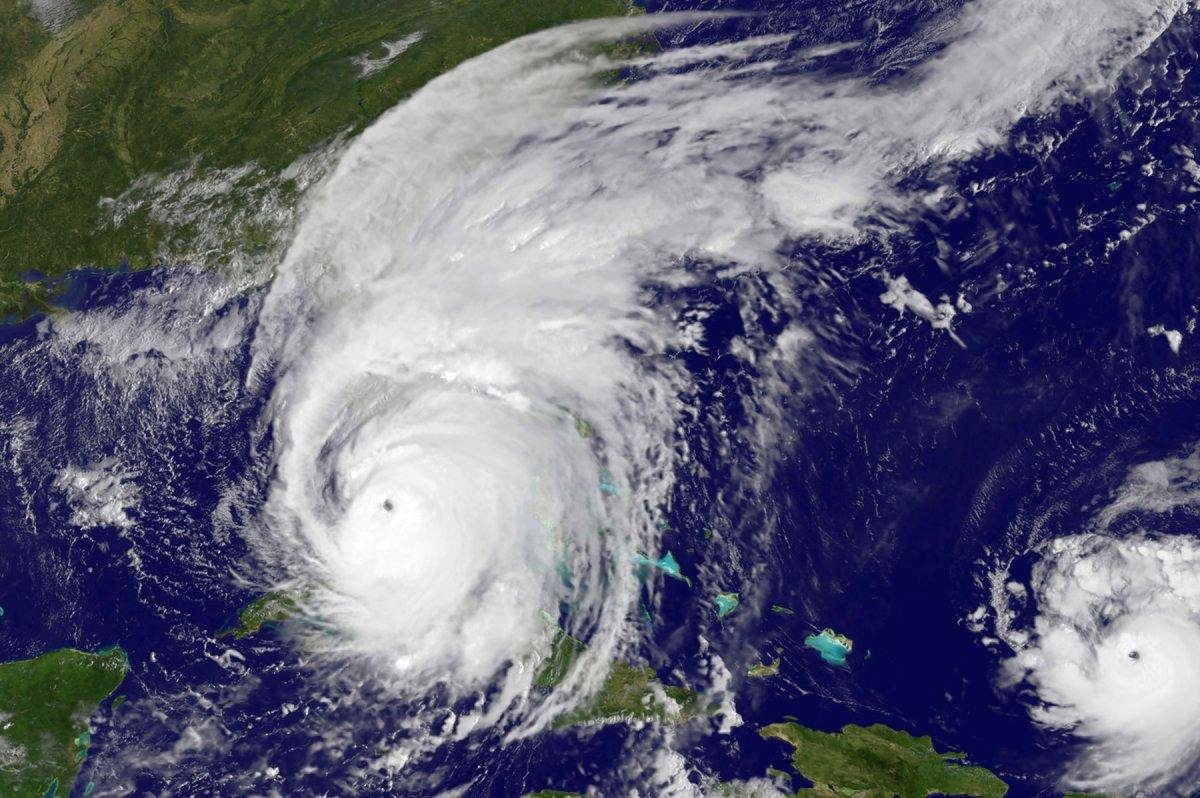Ahead of the 2019 Atlantic hurricane season, which officially began June 1, the Natural Gas Council (NGC) published a report examining the factors that collectively make the U.S. pipeline system an efficient, reliable and secure way to deliver the energy needed by American consumers.
The U.S. Energy Information Administration (EIA) forecasts that dry natural gas production will rise by another 8 percent in 2019. This adds to the remarkable 55-percent growth in U.S. natural gas marketed production since 2008 — the advent of the Shale Revolution. Increased domestic demand for natural gas is being driven principally by the growth of gas-fired electric power generation. The U.S. pipeline system is uniquely positioned to meet these growing needs safely and reliably, even during hurricanes and other extreme weather events.
The NGC report, Natural Gas: Reliable and Resilient, finds that:
“The operational characteristics of the natural gas transportation network, in combination with the physical properties of natural gas, effectively minimize the likelihood and severity of service disruptions. In the rare event of a disruption, impacts are typically localized and brief. History demonstrates that disruption of firm pipeline transportation and/or storage services resulting from severe weather events are extremely rare.”
While the design of the U.S. pipeline network plays a major role in ensuring the reliable delivery of natural gas, the physical characteristics of natural gas and highly integrated operational and regulatory processes make pipelines a leader in the safe and efficient delivery of energy resources.
Because pipelines are primarily located underground, they are largely protected from the effects of inclement weather. If there is a pipeline failure, however, the pipeline network has operational capabilities that can mitigate these effects, helping to ensure that outages do not have more than a localized impact. Several factors make the U.S. natural gas pipeline network unique in its ability to ensure the safe and reliable delivery of natural gas to consumers:
- In addition to being mainly underground, the U.S. pipeline system is vast and interconnected, allowing for multiple pathways to reroute natural gas deliveries in the event of a disruption.
- Parallel pipelines boost pipeline capacity and make it possible for operators to shut off one line while the others continue to deliver natural gas.
- The geographic diversity of natural gas production and storage facilities enhances supply flexibility.
- A property of natural gas called compressibility allows for operators to pack a pipeline with extra gas molecules, helping to minimize supply disruptions in the short-term and deliveries to be rerouted in the event of an outage or other emergency.
In addition to the physical and operational characteristics of pipelines, there is a human element at play – natural gas pipeline operators have fostered a culture that prioritizes safety, resilience and reliability above all else. As NGC aptly notes in the report:
When faced with extreme weather events, the U.S. natural gas pipeline industry has an impressive record of delivering natural gas to consumers and critical facilities such as hospitals. When Hurricane Harvey slammed into southern Texas in 2017, it caused disastrous flooding in the Houston metropolitan area and Southeast Texas, causing $125 billion in damage and tying Hurricane Harvey with Hurricane Katrina as the costliest tropical cyclone in history. Yet, despite these catastrophic damages, pipeline operators continued transporting natural gas safely – and the local distribution systems in Houston and the surrounding areas remained operational throughout the event, ensuring that first-responders and victims of the disaster still had access to critical energy resources.
This hurricane season, we can rest assured that both the physical and operational characteristics of natural gas pipelines and the people who operate them will work hard to ensure that any disruption of pipeline transportation due to extreme weather events is rare, brief and controlled.

